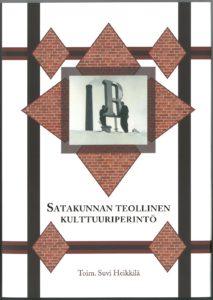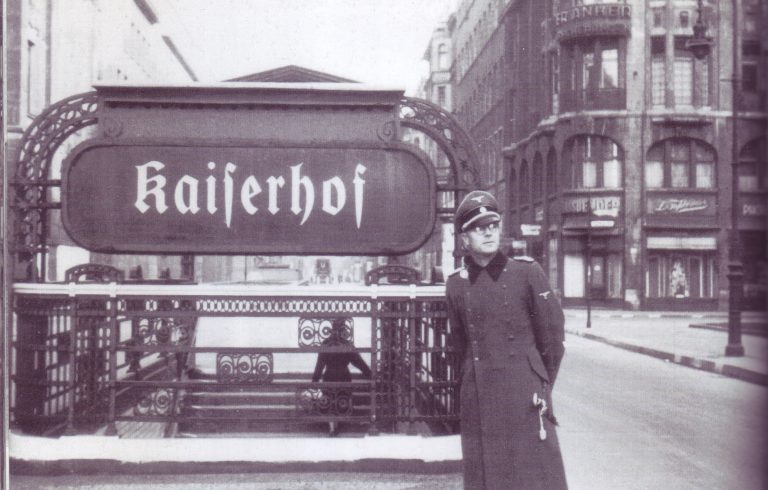

^ Hamalainen, Pekka Kalevi (December 1989) "Review: Mauno Jokipii Jatkosodan synty: tutkimuksia Saksan ja Suomen sotilaallisesta yhteistyöstä 1940-41" The American Historical Review 94(5): p.^ Hamalainen, Pekka Kalevi (December 1969) "Review: Panttipataljoona: Suomalaisen SS-pataljoonan Historia by Mauno Jokipii" The American Historical Review 75(2): pp.^ "Seminaarista yliopistoksi – monikerroksinen kampus kertoo yliopiston vaiheista Esittelykalvoja.^ a b "Professori Jokipii kuollut" (in Finnish).3: Keski-Suomi itsenäisyyden aikana (in Finnish). IV: Satakunnan talouselämä uuden ajan alusta isoonvihaan (in Finnish). Jatkosodan synty: tutkimuksia Saksan ja Suomen sotilaallisesta yhteistyöstä 1940-41 (in Finnish). Suomi ja Saksa maamme itsenäisyyden aikana (in Finnish). Suomalaiset Saksan historiaa tutkimassa (in Finnish). Panttipataljoona : suomalaisen SS-pataljoonan historia (in Finnish). Vienan heimosodat ja itsenäistymisajatus (in Finnish). Helsinki: Suomalaisen Kirjallisuuden Seura. Hitlerin Saksa ja sen vapaaehtoisliikkeet: Waffen-SS:n suomalaispataljoona vertailtavana (in Finnish). Der Kreuzzug nach Karelien und der Kampf um den Wasserweg auf der Newa (in German). The daily newspaper Helsingin Sanomat demonstrated in its related article that Jokipii had falsified soldier diaries in order to obscure references to atrocities. In recent years the academic integrity of his work has increasingly been questioned, in particular his work on the Finnish SS battalion has been accused by younger researchers including André Swanström, Marko Tikka, and Oula Silvennoinen of politically motivated whitewashing in order to conceal war crimes committed by the battalion. Jokipii's massive work The Continuation War: An Investigation of German-Finnish Military Collaboration 1940-1941 firmly established him as a world scholar and moved the debate about German Finnish relations during World War II to a new level. This study established a new level of detail in World War II military history. He is known for his work on Soutaen vai ajopuuna (1981) and Panttipataljoona (1988). Mauno Jokipii was born on Augin Helsinki, Finland. Īlthough some of his early works had been noted, Jokipii sprung on the world scene with his 900-page study of the Finnish SS battalion in World War II. Mauno Jokipii, Writer: Soutaen vai ajopuuna. He was Dean of the History-Linguistics department from 1960 to 1966. He received his doctorate in Philosophy in 1957. Jokipii attended University of Helsinki from 1952 to 1959, and began publishing almost immediately (1954). Among his works were studies of the local history of Jyväskylä and the university and historical province of Satakunta. He was a thorough investigator and a prolific author. This process is experimental and the keywords may be updated as the learning algorithm improves.Mauno Jokipii (21 August 1924 – 2 January 2007) was a Finnish professor at the University of Jyväskylä in history specializing in World War II. These keywords were added by machine and not by the authors. So where did this fiery behaviour come from, and what might have caused it? What was its social context? And does the story of Anna Mårtensdotter tell us something more general about violence in Western Finland? Keywords Her grandfather had been a scribe and her father, uncle, and grandmother had held the post of local constable in Eurajoki parish for decades. 2 The knowledge that there was a tradition in her family for its members to hold positions of trust in the local administration throws the contentious behaviour of her and her siblings into stark relief. The number of times and way she handled appearing in court reveals her active and aggressive agency. Against her brother Valentin, Anna engaged in an exceptional dispute that lasted for decades and covered a variety of matters. These records tell of her offensive behaviour: neighbours complaining about her physical violence, insults, appropriations, and even tearing roofs down.

The most prominent of them is Anna Mårtensdotter who appeared in court 28 times in the four years for which we have the court minutes still intact. 1 In our study on the women from that same family, Virpi Nissilä and I have encountered about 100 court cases from the 1620 to the 1650s, in which six women from two generations have been present. “The lengthy quarrels over inheritance hint that these people had fiery tempers”, wrote Mauno Jokipii in his pioneering article on the history of the Lavila family-one of the prominent families of freeholders in Lower Satakunta.


 0 kommentar(er)
0 kommentar(er)
